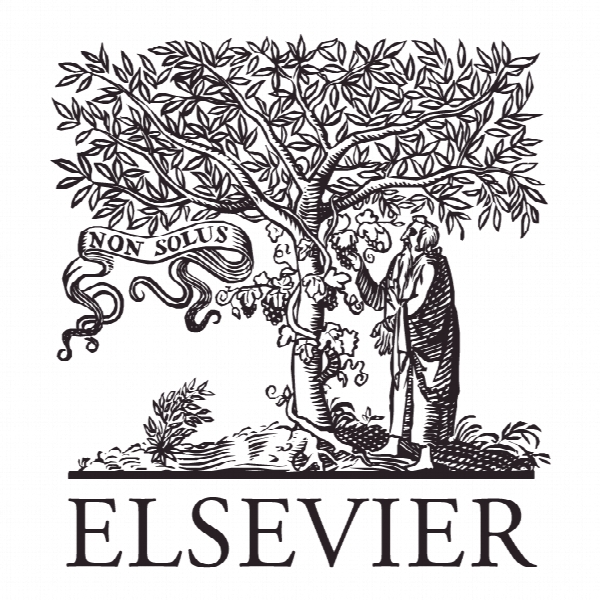برنامه کاربردی مدل خلق دانش پویا در داده های بزرگ An application of the dynamic knowledge creation model in big data
- نوع فایل : کتاب
- زبان : انگلیسی
- ناشر : Elsevier
- چاپ و سال / کشور: 2018
توضیحات
رشته های مرتبط مدیریت
گرایش های مرتبط مدیریت دانش
مجله فناوری در جامعه – Technology in Society
دانشگاه Business Leadership Building – University of North Texas – USA
منتشر شده در نشریه الزویر
کلمات کلیدی انگلیسی Big data, Knowledge, Knowledge creation process, Sensing, Seizing
گرایش های مرتبط مدیریت دانش
مجله فناوری در جامعه – Technology in Society
دانشگاه Business Leadership Building – University of North Texas – USA
منتشر شده در نشریه الزویر
کلمات کلیدی انگلیسی Big data, Knowledge, Knowledge creation process, Sensing, Seizing
Description
1. INTRODUCTION Big Data. Data Analytics. Data Mining. These are some common buzzwords we have all been hearing recently. In the past few years, there has been a huge emphasis on big data and business analytics. In simple words, ‘big data’ refers to the vast volumes and types of data that companies can collect from a variety of sources – both internal and external – such as employees, customers, suppliers, and the market (Harvard Business Review, 2014) [64]. Big data can be both structured such as employee performance data or customer sales data and unstructured such as internet clicks or social media content. Data is generated every second by both humans and machines alike; about 90% of the world’s data were generated just between 2010 and 2013 (SINTEF, 2013) [57]. Organizations are now trying to analyze these huge amounts of data so that they can be successfully interpreted to make smarter strategic decisions for positive value creation (Hargrave, 2013 [26]; McKinsey Global Institute, 2011 [42]). Erik Brynjolfsson, an economist at MIT’s Sloan School of Management, explains how companies will increasingly make strategic decisions based on data and analytics in the coming years rather than on experience. His study of 179 firms found that companies that adopted datadriven decision-making were able to achieve 5% higher productivity and profitability than their competitors (Brynjolfsson, Hitt, & Kim, 2011) [9]. Numerous business case studies have also indicated that data-driven companies make better decisions, are able to improve performance, and thus able to generate more value (McAfee & Brynjolfsson, 2012) [41]. Big data can enable organizations to accurately foresee potential business problems. Organizations can now perform ‘predictive’ and ‘prescriptive’ analyses, through which potential issues could be mitigated or even entirely avoided. Whereas predictive analytics can forecast future trends by performing statistical modelling on past data to help answer the question, “what could happen?” (Grillo & Hackett, 2015) [24], prescriptive analytics can help determine cause and effect among business processes for model optimizations (Bihani & Patil, 2014) [6], provide the foresight to ask, “what should we do?”, and offer prescriptions for moving forward.


